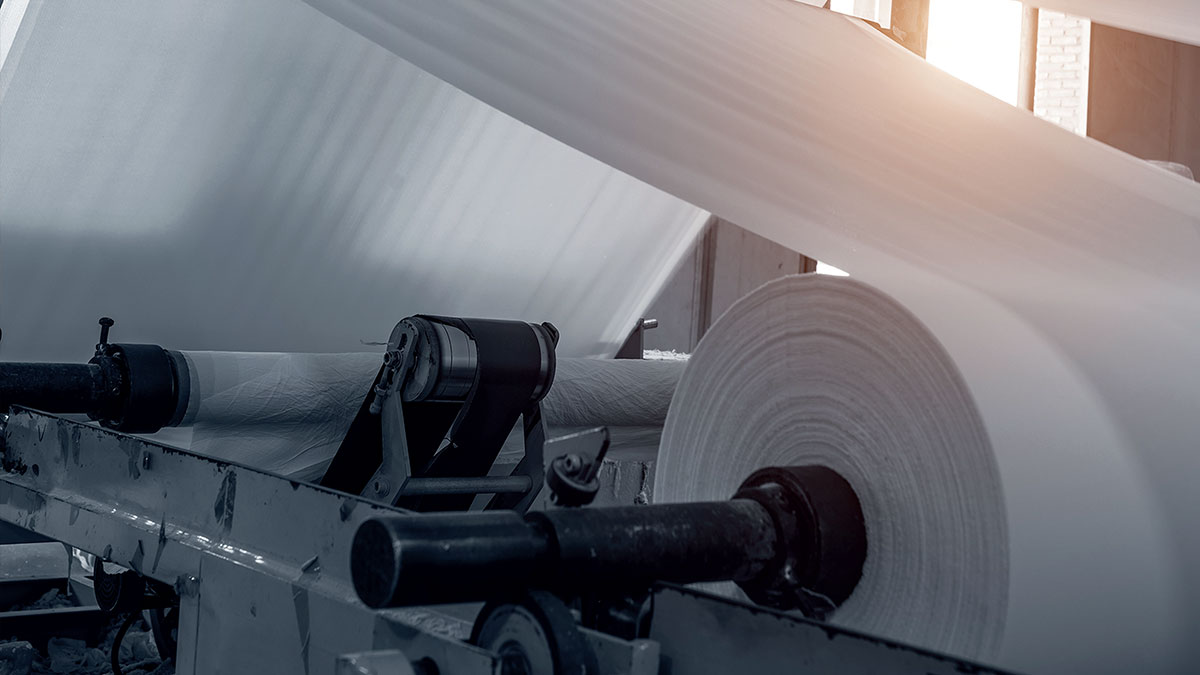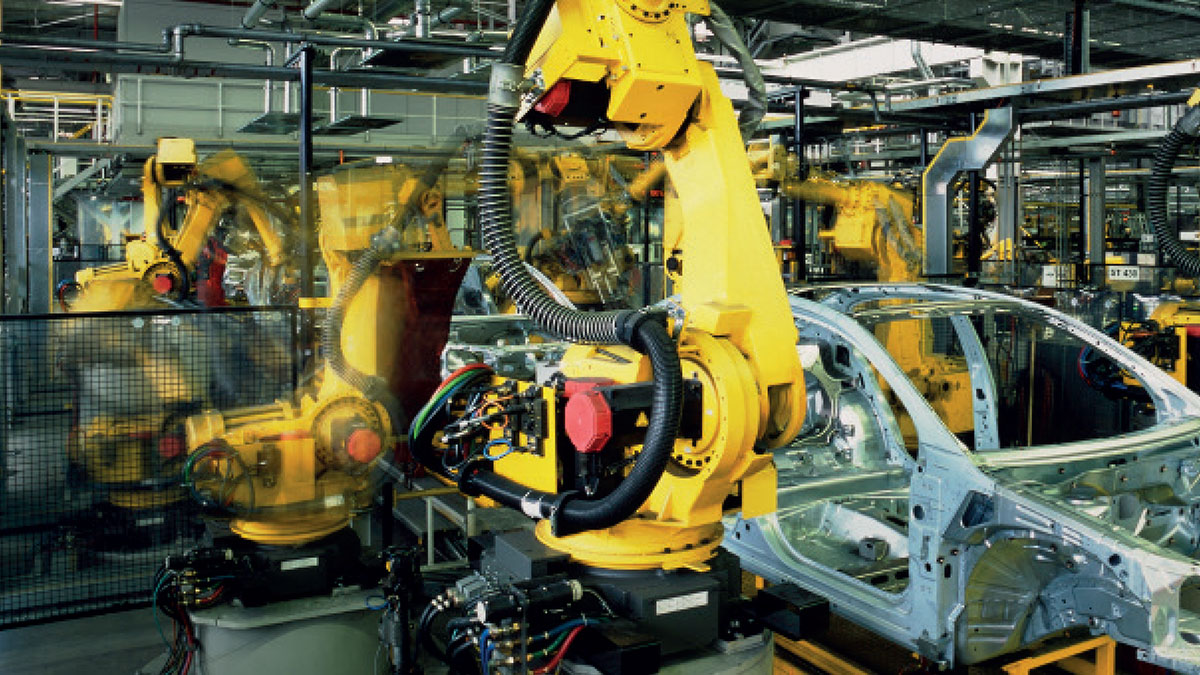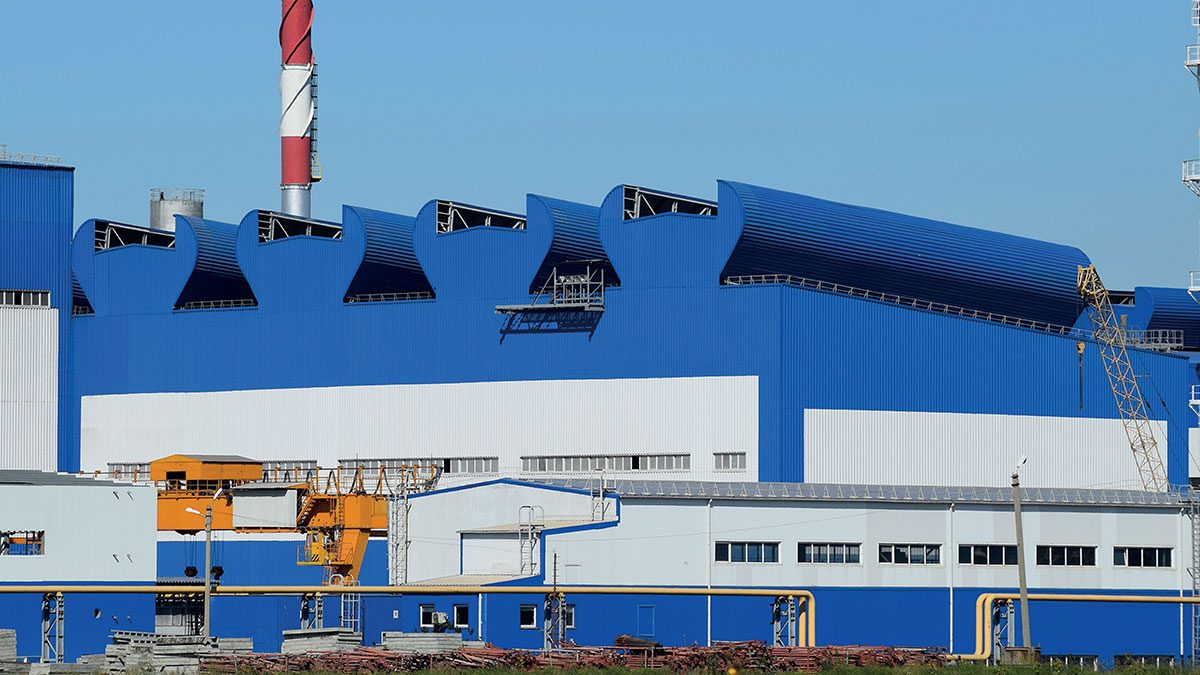Industrial Plants

Cement and Plaster Factories
Extraction of raw materials (limestone, clay, limestone and marl) for cement production; high temperature calcination (in rotary kilns), cooling of the resulting clinker (semi-finished product), mixing of clinker with gypsum, slag, trass and obtaining cement as final product.
Keeping the materials to be used as fuel in the furnaces in cement factories at the factory site and making them ready for use creates a serious risk of fire and explosion. Fuel storage areas, raw meal mills, natural preheated furnace bag filter separator mills, load carrying systems, coal silos, server rooms, transformers and generators, cable ducts and so on. areas are some of the areas that create fire risks.
Dye and Textile Industry
The speed of combustion of flammable materials such as fibers and yarns in textile facilities and chemical, flammable and flammable materials and blowroom, dyeing and printing machines, pneumatic conveying lines, dyeing and chemical storage areas, cotton storage areas, filtering systems, server rooms, cable channels and so on. areas create a high fire load and require special precautions.


Gunpowder and Gun Industry
Gunpowder, bullets, dynamite capsule and so on. substances with high explosion load pose serious fire risks. Explosive production and storage areas, arsenals are some of the risk areas.
Pulp and Paper Industry
Paper and cardboard are substances which are very easy to burn once they have caught fire. Contact with flammable liquids or gases causes the fire to grow and spread easily. Therefore, paper mills are one of the areas with a high risk of fire.
Raw material, bales, coil storage areas, generators, pump rooms, transformers, server rooms, transport systems, filter systems, cable channels and so on. fire risk areas.


Tobacco Industry
Mechanical failures that may occur in machines, dryers or grinders used in tobacco production facilities, arcs that may occur in electric lines, flammable substances in storage areas and so on. fire risk areas.
Wood and Wood Processing Industry
The production process in woodworking plants depends on processes such as crushing and sorting, drying, gluing and pressing, grinding and cutting.
Chip particles and dust particles formed in these processes, a damaged fan housing, an overheated motor or a foreign object in the material increases the risk of fire and explosion.


Automotive Industry
Increasing production speed and automation in the automotive sector increases the complexity of production processes. The presence of flammable materials in the production area, production and assembly operations in open areas, electrical panels, welding operations, paint and chemical processes present a danger that increases the need for fire protection.
Food Industry
The fact that the materials in the food industry are thin, dry and generally organic, can easily ignite and explode.
The fire load that may occur with fine dust particles generated during the production period may cause a fire that will stop the whole system.


Recycling Plants
Mixing of foreign materials into the machine during recycling of waste materials increases the risk of fire by creating friction and wear. Easily flammable fabric, cable, paper, plastic and so on. waste collection, conveyor systems, filter systems, processing benches, server rooms, electrical and control rooms, generators, transformers and so on. fire risks.
